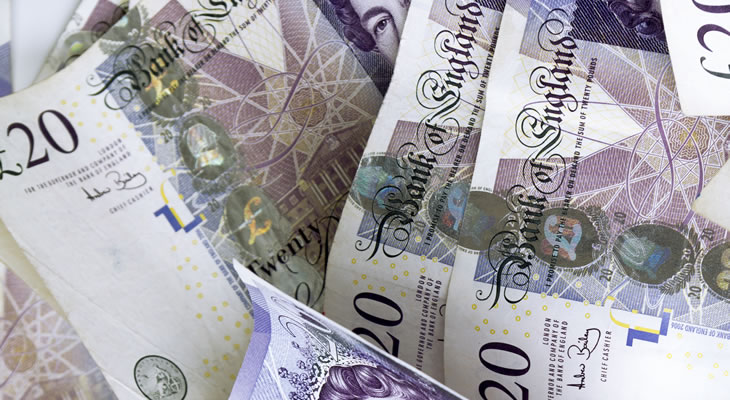Despite uncertainty about how hawkish the Bank of England (BoE) will become in the coming months, the GBP AUD exchange rate has seen limited losses due to Reserve Bank of Australia (RBA) caution.
Last week saw GBP AUD surge from 1.6377 to 1.6975 on flared up BoE speculation. GBP AUD has weakened from its best levels since yesterday and currently trends below 1.69.
Pound (GBP) Strength Fades as Bank of England (BoE) Dials Down Hawkishness
After the Bank of England (BoE) held its September monetary policy decision last Thursday, the Pound saw a surge in demand.
The Pound outlook jumped as the bank, as well as BoE Governor Mark Carney, indicated that there may need to be a UK interest rate hike in the coming months if the economy continues to perform near its current pace.
Sterling surged even higher on Friday when Gertjan Vlieghe indicated there may need to be multiple interest rate hikes in the foreseeable future.
Some analysts predicted that there could be a UK interest rate hike as soon as November, with another following in the first half of 2018.
This notably boosted the Pound outlook to the point where some forecasters had to make major revisions to their projections.
However, markets cooled on Monday when BoE Governor Mark Carney made fresh comments and indicated that BoE speculation may have gotten too bullish.
Carney seemingly attempted to lower market expectations by saying that rate hikes would be gradual and limited. He also issued fresh warnings on the damage the Brexit process could cause to Britain’s economy.
As the BoE’s outlook still depends on the strength of Britain’s economy, Wednesday’s UK retail sales report could influence Pound demand too.
Perhaps the main event for GBP traders in the coming days will be Friday’s Brexit speech from UK Prime Minister Theresa May however. If May strongly hints at a ‘hard Brexit’, the Pound outlook is likely to worsen again.
Australian Dollar (AUD) Weighed Down by Reserve Bank of Australia (RBA) Caution
The Australian Dollar was unable to capitalise on a weaker Pound during Monday or Tuesday trade, as the Reserve Bank of Australia (RBA) has maintained a cautious stance on Australia’s monetary policy outlook.
While the bank perceives that Australia’s job market is improving, it remains concerned about wage growth and the domestic housing market.
The minutes indicated that policymakers don’t expect job market strength will necessarily translate into stronger wage data. The RBA forecasts that wages will remain low for some time.
This caution, as well as the bank’s repeated concerns about the strength of the Australian Dollar itself, have given investors little reason to buy the risky ‘Aussie’.
Markets are generally disappointed with the Reserve Bank of Australia’s cautiousness, as other major central banks have recently taken more hawkish tones.
This has left the Australian Dollar weaker against currencies correlated to comparatively hawkish central banks, such as the Pound.
The ‘Aussie’ has also been held back by the recently poor price performance of iron ore, Australia’s most lucrative commodity.
Upcoming Australian data is relatively low-influence, and the Australian eco calendar will be quiet too for the remainder of the month. As a result, the Australian Dollar is more likely to be influenced by risk-sentiment and the strength of its rivals in the coming weeks.
GBP AUD Interbank Rate
At the time of writing this article, the GBP AUD exchange rate trended in the region of 1.6890. The Australian Dollar to Pound exchange rate traded at around 0.5920.


Comments are closed.